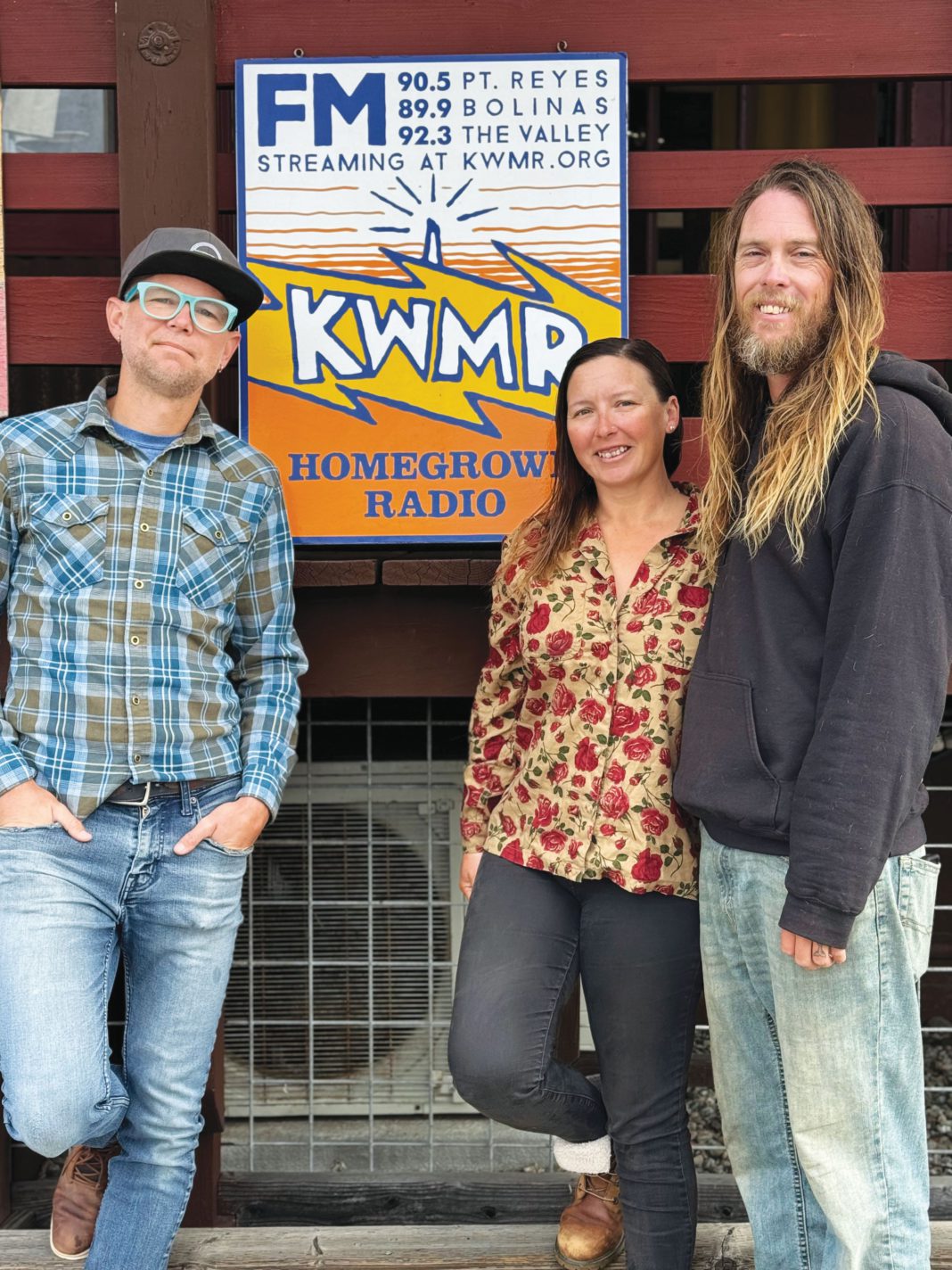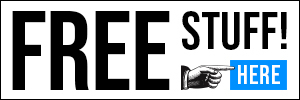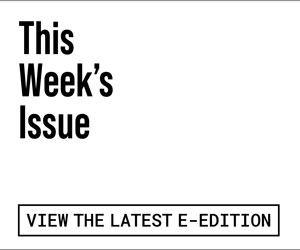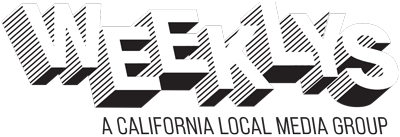It is easy to overlook the home of 90.5 KWMR. It shares a small building on a backstreet in Point Reyes Station.
But KWMR inhabits a small but critical niche in our social ecology—that of the community-based, all-volunteer public radio station. And looking at their program calendar tacked outside their two-chair porch, one sees KWMR anchors a whole ecosystem of local communities. Each show is a like world, and their number could easily fill this weekly column for a year.
However, I will confine myself to the show that introduced me to KWMR, West Marin Naturalist Hour. I first caught it on a random alternate Monday play day, trucking out to Drakes Bay. The topic was keystone species eel grass.
The hour is hosted by California-certified naturalists and easy friends, Liz Wilhelm, Dallas Smith and Seamus Tomkins, who all have extensive backgrounds in ecotourism. Each alternate Monday, they guide a guest ecologist to interview, continuing their ongoing conversation about the ecology of West Marin—and more broadly the California coast. Across 70 archived episodes, they have built out of talk a model of that vast ecology that hints at the true complexity of our environmental systems.
No less impressive is the network that undergirds their talk model: 70 naturalists, biologists, park rangers, eco-adventure guides, agriculturalists, nonprofit conservationists and nature-inspired artists who are some of the chief stewards of our coast.
It is a challenging time for environmentalists … Just as it is a challenging time for the advocates of public radio. While not downplaying these challenges, the hosts of West Marin Naturalist Hour present their topics with “stoke and hope.” And that’s not just the sun-saturated temperament of these nature guides. There is a lot to be stoked on.
Conservation efforts around the West Marin seashore offer many success stories to share with the community and the wider world.
Cincinnatus Hibbard: What are some favorite episodes to get us started on your series?
Liz Wilhelm: Julie Berwald on jellyfish, Richard Vacha on animal tracking and Theresa Harlan on “Coming Home to the Cove.”
Dallas Smith: Preston Brown on salmonids, Pat Kleeman on amphibians, Hanna Hindley on marine protected areas and Dan Flores on a “Wild New World.”
You describe the area around Point Reyes and Tomales Bay as an ecological hotbed …
Seamus Tomkins: Point Reyes is on “The Pacific Flyway,” so 50% of North American bird species pass through here. And of course we have our year round residents too.
LW: Also the gradation of Tomales Bay. You start down here at Point Reyes Station, where Lagunitas Creek flows into the wetlands. There you have the furthest southern in-tact coho salmon habitat. Weaving through the wetlands up Tomales Bay to Dillan Beach and the ocean, you have all these different zonations where different species thrive at different times of year.
ST: Looking from Tomales Bay, you see this side is all grasslands, and that side is woodlands and repairing areas and creek beds … You have so many ecological niches for species out here. We’re always discovering something new.
DS: But none of that would exist if people didn’t care. People care about the land out here. When the land is protected, species thrive. We want people to care.
Learn more. Enter linktr.ee/KWMRlinks or scan the below QR code to learn more. There are links to the current KWMR fundraising drive (about a third of their funding is threatened by the Trump administration). There are also links to Wilhelm and Smith’s ecotourism business, Pt. Reyes Adventure Co., and Tomkins’ band, Spacesuit, and of course the show’s archive.








